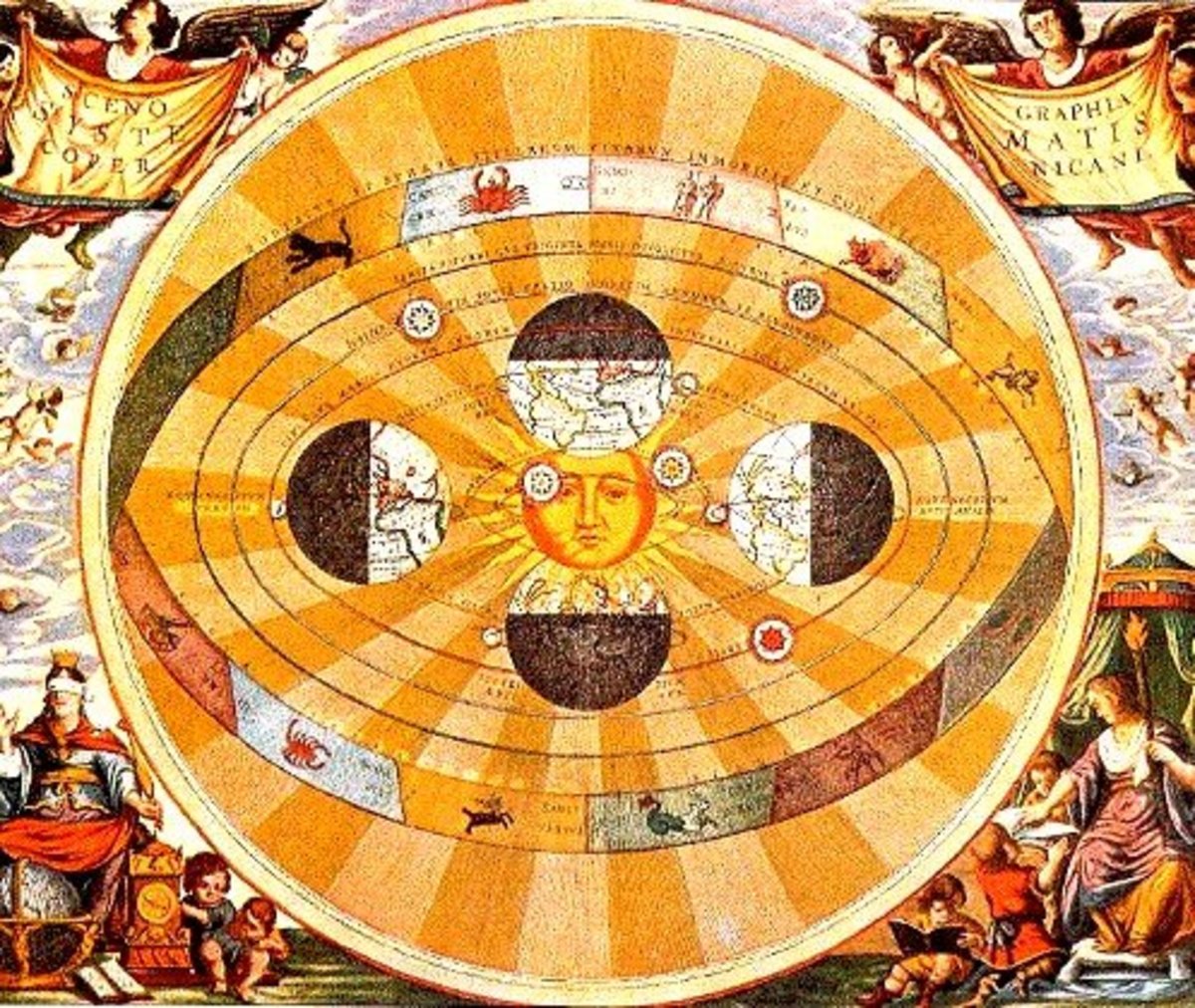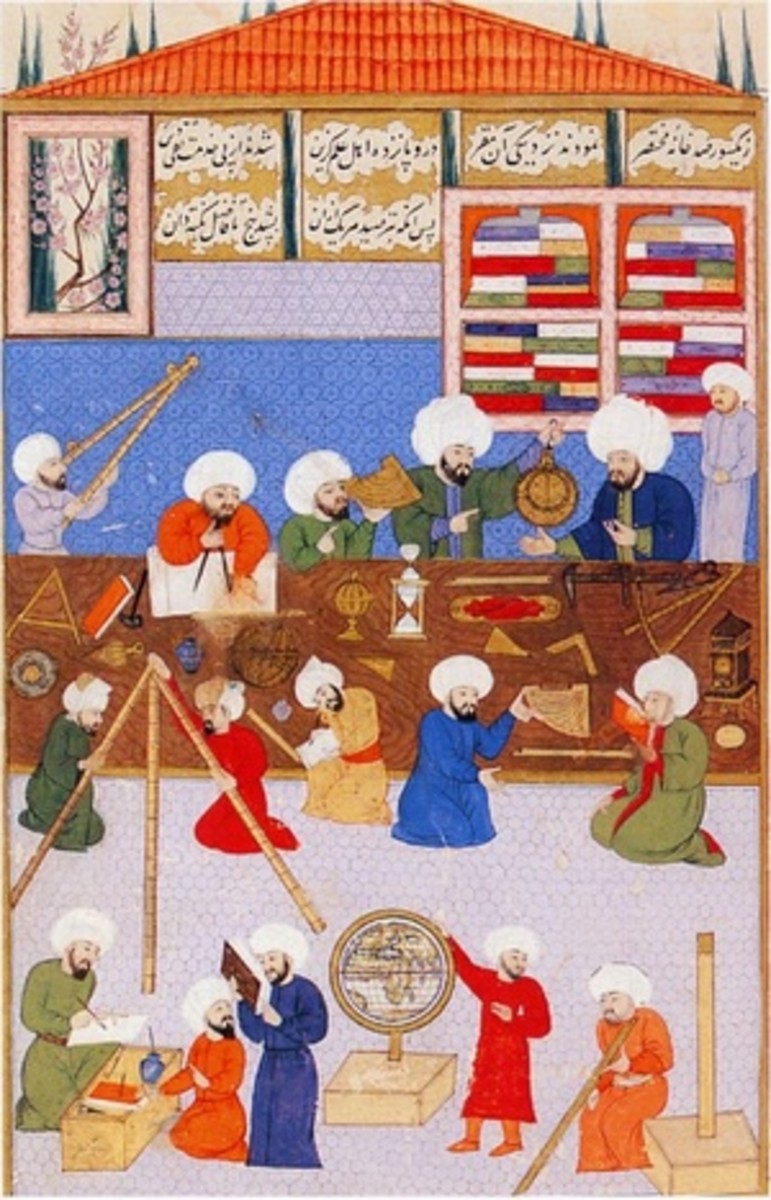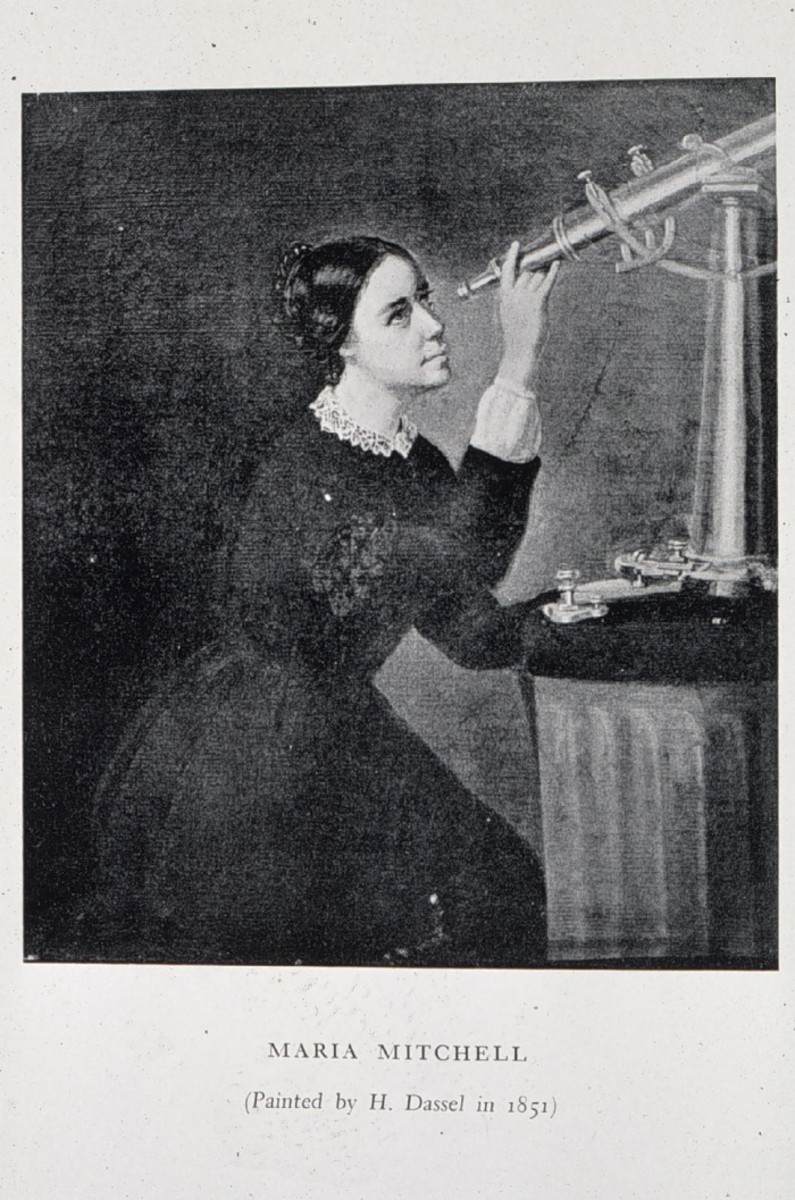The Church & The Heavens: A Look at the Astronomy in the Work of the Catholic Church
The Church throughout the ages had an interest in astronomy. Scriptural references to such events as the Magi following the Star of Bethlehem, the reference of the day the sun stood still (Joshua 10:13), and whether there was a solar eclipse at the time of Christ's crucifixion, partially raised its interest. In a practical sense the Church in the 16th Century was interested of having an "accurate" calendar. The Church has entered an age where scientific exploration is not merely accepted but promoted.
Astronomy and the Feast of Easter
Perhaps the most apparent concern the Church had for studying the heavens relates to the calculation for Easter. The impact over time would be to all of the liturgical calendar's feast days.The First Council of Nicea in 325 A.D. set the date of Easter as the first Sunday following first full moon after the vernal equinox. It is the day in which the Sun moves from south of the celestial equator to the north of it. Another way of looking at it is, from the Earth's perspective, the equinox is the day which the sun in relation to the Earth's Equator is directly overhead. The result is that night and day of approximately equal length is observed over the entire Earth. There are two occurrences of this phenomena in a year. For the Northern Hemisphere it marks the first day of Spring and first day of Fall. If we understand what is meant by "Sunday" and "full moon" the calculation for a calendar which indicated when a full moon occurs after March 20th (or March 21st) find the next Sunday and you have it.
The problem the Earth cycles the Sun every 365.242374 days and the Moon cycles the Earth every 29.5305882 days.
The Julian calendar which had been in use for hundreds and hundreds of years, by the 15th had caused a "drift" so that the first day of Spring (in the Northern Hemisphere) was occurring on March 12th. It took about a century after this was noticed before Pope Gregory III in said that October 4th, 1582 (incidentally the Feast Day of St. Francis of Assisi) would be the last day the Julian Calendar was to be used and that Friday would be October 15th. The Saint's days between the 5th and the 14th were eliminated but the problem was solved at least for the next 3,300+ years.
Portrait of Galileo Galilei
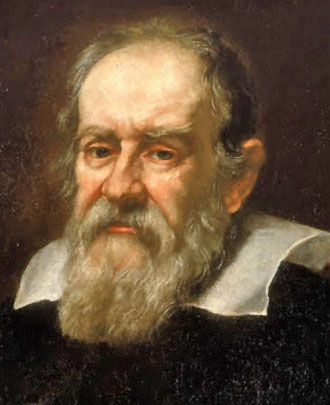
The Heliocentric Debate
It was largely accepted at the time of the institution of the Gregorian calendar that the Earth was the center of the Universe. This theory had been accepted by the Greeks and for the Christian it was based on a literal interpretation of the Scriptures. Also, the thought that the Earth moved seemed ludicrous. Calculations regarding a geocentric (Earth centered) universe were complex.
Copernicus in 1543, published the first modern work on a heliocentric (Sun centered) Universe which started the debate of the issue, although it was not perceived as a significant challenge to Church authority. In the early 17th Century, Galileo observations and publication created a "firestorm" for he openly challenged the Church authority with scientific finding which gave evidence of a Sun centered Universe.
In 1664, Pope Alexander VII published a Papal proclamation condemning all geocentric books. Pope Benedict XIV in 1757 suspended the ban on heliocentric books based on the works of Sir Isaac Newton.But it would be another 65 years before Pope Pius VII approved a decree in to allow the printing of heliocentric books.
Studying the heavens with scientific methods was centuries coming but finally gaining acceptance with Church officials.
The "first light", first starlight, to reach the detectors form the Vatican Advance Technology Telescope in 1993 shows that the modern Church has fully embraced the scientific method in studying the heavens.
Astronomy Portrayed in Vatican City
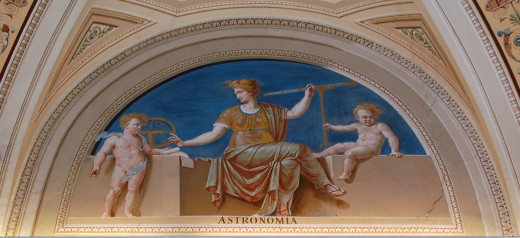
Tower of Winds
The Tower of Wind built in the Vatican in 1578 may be considered the Church's first observatory. Scientific data and calculation took place there concerning the reform of the calendar which occurred in 1582 (as noted).
The Tower of Winds is part of the Vatican Secret Archives and is used in official occasions One part of the Tower named Meridian Hall has an interesting feature. On the day of the Vernal Equinox, a phenomenon occurs when a ray of the hits a tiny hole in one of the wall and illuminates a constellation on the floor.
Pope Gregory XIII
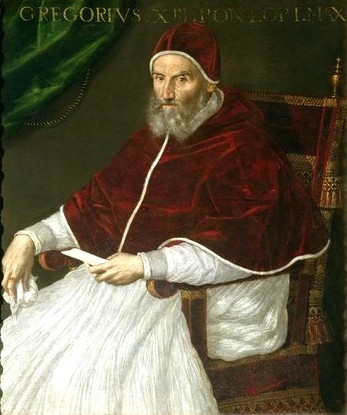
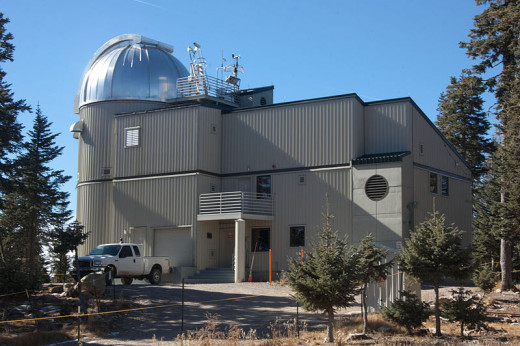
Vatican Advanced Technology Telescope (VATT)
Pictured at right is the Vatican Advanced Technology Telescope located at the Mount Graham International Observatory six miles south of the town of Stafford, Arizona. The telescope, is of a type known as a Gregorian telescope first designed by James Gregory, a Scottish mathematician in the 17th century. It was for all practical purposes built by Robert Hooke, the British scientist know for his work in microscopy and for Hooke's Law in physics, in 1673.
The telescope is named for Alice Lennon, wife of Fred A. Lennon, a philanthropist and manufacturer, who was founder and CEO of Swagelok Company.
The Lennon Telescope and Thomas J. Bannan Astrophysics Facility, named for Thomas J. Bannan. President of Western Gear Corporation whose foundation was instrumental in founding and helps sustain the facility, are collectively known as the VATT.
Is the Church's interest in astronomy an Apologia for its attitude in the past toward scientific research?
Does LUCIFER reside on Mount Graham as Well?
The Vatican's research on Mount Graham is part of an international group know as MGIO, Mount Graham International Observatory.
A Large binocular telescope near-infrared Utility with Camera and Integral Field Unit for Extragalactic Research (LUCIFER) . LUCIFER was installed in 2010 to work in conjunction with the Large Binocular Telescope (LBT), the world's largest optical telescope.
Naturally, rumors spread, and to quote the Vatican Observatory web article on the subject,
First, somebody reported that an instrument called "Lucifer" was installed on Mt Graham. Then somebody remarked that Mt Graham also hosts the Vatican Advanced Technology Telescope .......the information somehow degraded and the slur was born: Vatican astronomers are supposedly friends with Lucifer... (from http://www.vaticanobservatory.org/)

